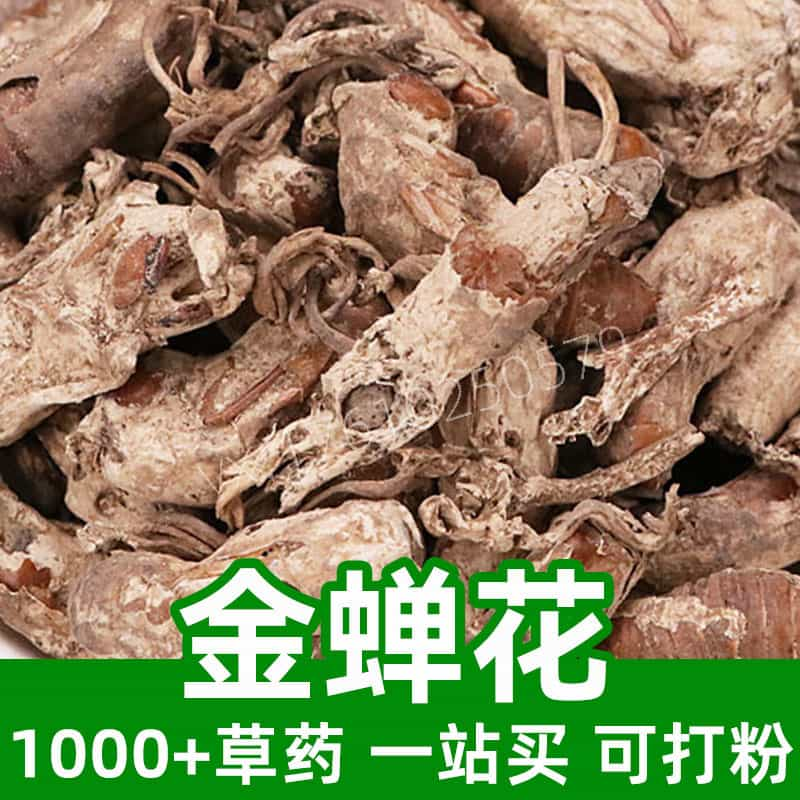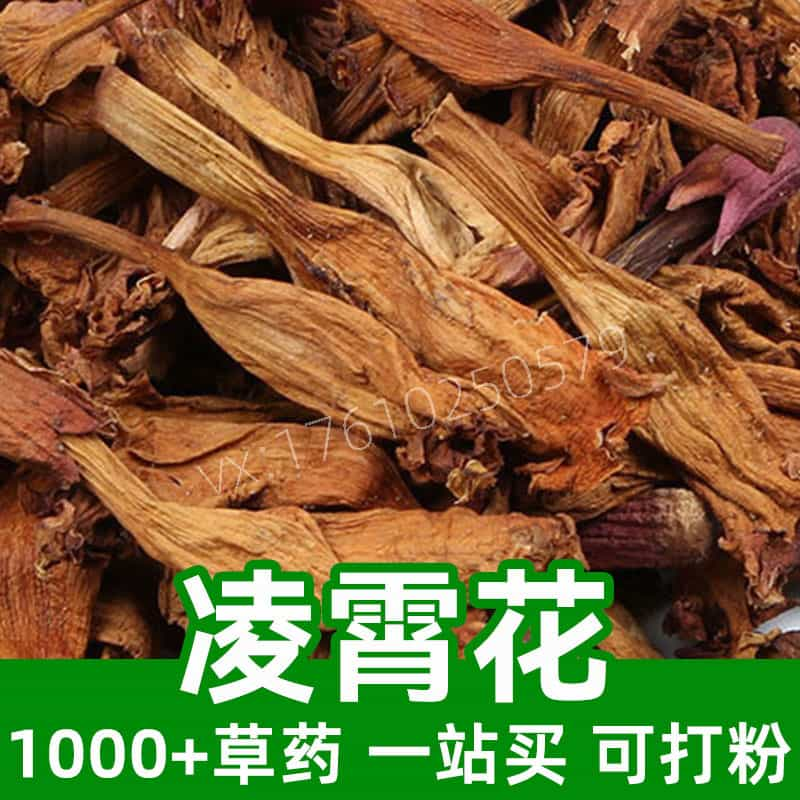Sophora Flavescens Product Overview
Sophora Flavescens, also known as Ku Shen, is a herbaceous plant mainly sourced from the roots and rhizomes of Sophora flavescens, a leguminous species. Its primary components include flavonoids, alkaloids, flavone glycosides, polysaccharides, and volatile oils. With a bitter and cold nature, it targets the stomach, large intestine, and bladder meridians. In traditional Chinese medicine, it is widely used for heat-clearing, detoxifying, anti-inflammatory, and pain-relieving purposes. It is frequently applied in the treatment of skin conditions such as eczema, acne, ringworm, and scabies, as well as gastrointestinal and urinary tract issues like diarrhea and jaundice. Its high medicinal value makes it versatile in both traditional medicine and food industries.
Key Active Components of Sophora Flavescens
Sophora Flavescens contains a rich array of medicinal components in its roots and rhizomes.
- Alkaloids: Includes compounds like matrine and caffeine, offering analgesic, antibacterial, and anti-inflammatory properties to alleviate pain, inhibit bacterial growth, and reduce inflammation.
- Flavonoids: Active ingredients such as resveratrol exhibit antioxidant, anti-inflammatory, and antitumor effects.
- Flavone Glycosides: Found in the rhizomes, compounds like kaempferol glycosides help lower lipids, protect cardiovascular health, and provide antioxidant benefits.
- Polysaccharides: Known for immune-regulating, resistance-enhancing, and tissue-repair-promoting effects.
- Volatile Oils: Containing various active compounds, these oils are effective for deworming, antibacterial, and anti-inflammatory purposes, particularly in treating skin conditions and parasites.
The synergistic action of these components underpins the broad pharmacological benefits of Sophora Flavescens in traditional medicine and food applications.
Application Scenarios and Dosage of Sophora Flavescens
Sophora Flavescens is widely utilized in traditional medicine and food industries, with diverse application scenarios and dosage recommendations.
- Traditional Medicine Applications:
- Heat-Clearing and Detoxifying: Effective for treating heat-related illnesses, toxic conditions, and urinary pain.
- Swelling Reduction and Nodule Dissipation: Used for abscesses, boils, and other inflammatory swellings.
- Deworming: Volatile oils help expel parasites like roundworms and pinworms.
- Immune Regulation: Polysaccharides enhance immunity and prevent illnesses like the common cold.
- Food Applications:
- Flavoring: Its distinct bitterness and aroma enhance food flavor profiles.
- Health Foods: Active components benefit bodily functions and resistance, making it a valuable ingredient in functional foods.
- Beverage Additives: Extracts are incorporated into teas and beverages for their bitter flavor and medicinal value.
- Dosage Recommendations:
- Decoctions: Typically used in doses of 6-15g, adjusted based on the condition and medical advice.
- Topical Applications: Available as washes, lotions, or plasters for external use.
- Food Additives: Follow national standards for safe incorporation into food products.
Proper use ensures its effectiveness while avoiding potential side effects.
Plant Source, Distribution, and Growth Environment
Sophora Flavescens (Sophora flavescens), also known as Ku Shen or Shan Huang Ma, is a commonly used medicinal plant of the legume family.
- Plant Characteristics:
- A perennial herb reaching 30-80 cm in height, with abundant branching.
- Leaves are pinnate and oval, green to gray-green.
- Yellow or yellow-green flowers form in cymes, blooming in summer.
- Produces pod-shaped fruits containing multiple seeds.
- Distribution:
- Native to China, predominantly found south of the Yangtze River, including North, Central, East, and Southwest China.
- Also widely distributed in Korea, Japan, and other parts of Asia.
- Growth Environment:
- Thrives in low-altitude hilly areas, riversides, roadsides, and fields.
- Tolerant of diverse soils such as sandy, loamy, or stony soils.
- Prefers sunny, well-drained conditions and tolerates drought well.
- Cultivation and Propagation:
- Propagates through seeds or division. Common methods include sowing and cutting.
- Requires regular weeding and fertilizing to promote growth.
- Adapts well to challenging environments, ensuring robust cultivation.
Sophora Flavescens' adaptability makes it an essential medicinal resource.
Harvesting, Processing, and Storage of Sophora Flavescens
Proper harvesting, processing, and storage practices are crucial for preserving its medicinal value.
- Harvesting Time:
- Best collected in spring or autumn when active components are at their peak.
- Harvesting Method:
- Roots and rhizomes are dug manually or mechanically, with care to retain integrity.
- Processing:
- Clean thoroughly to remove soil and impurities.
- Dry thoroughly in a ventilated area to stabilize active components.
- Storage:
- Store dried materials in dry, ventilated spaces, avoiding moisture and mold.
- Use sealed containers to prevent contamination.
- Quality Control:
- Regular checks ensure materials remain free from mold and moisture.
- Shelf Life:
- Properly stored materials can last over a year but should be used promptly for best efficacy.
- Precautions:
- Maintain hygiene during processing and avoid contamination with harmful substances.
By adhering to these practices, the medicinal quality of Sophora Flavescens is preserved effectively.
Monica Sun is a seasoned expert in the natural raw materials industry, with over a decade of experience specializing in traditional Chinese medicinal herbs, spices, and fungi. She is skilled in the sourcing, processing, and application of these materials, emphasizing sustainability and innovation. Monica Sun has contributed to the development of high-quality natural raw materials that serve as essential components in functional foods, pharmaceuticals, and cosmetics, delivering tailored solutions to meet diverse market needs.













